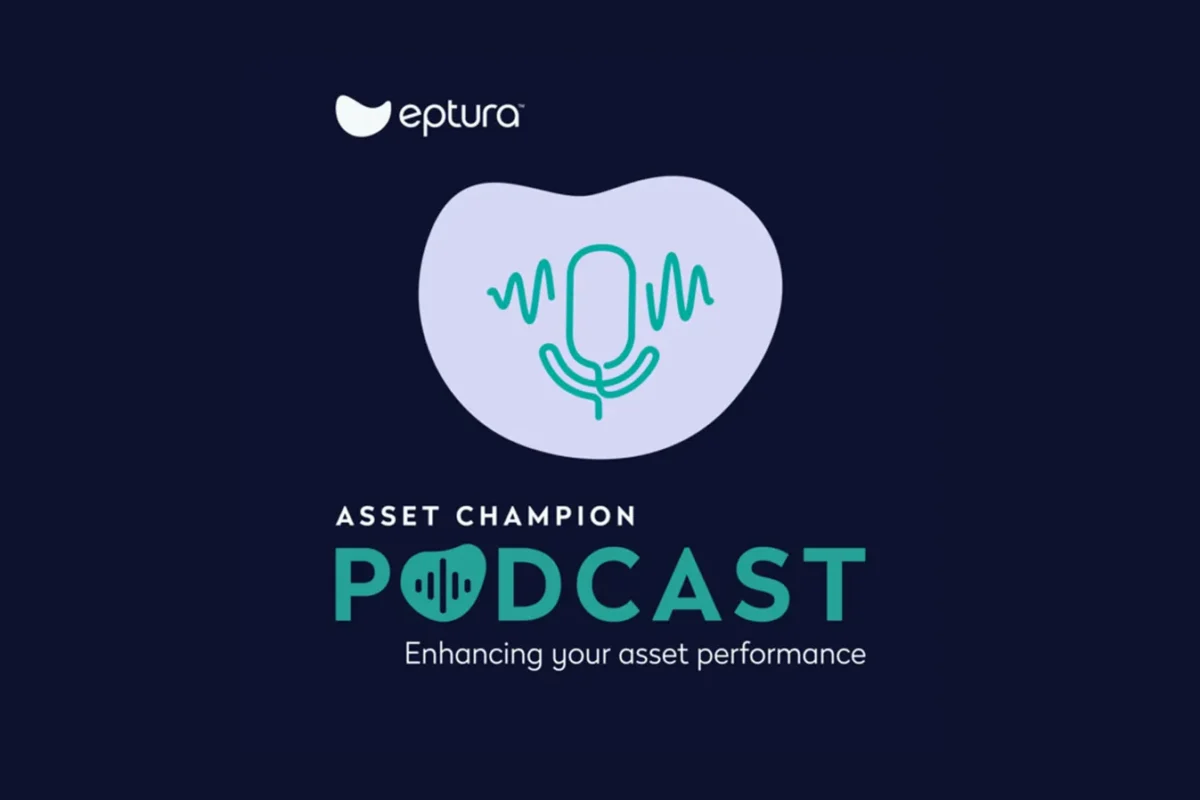
In episode 133 of Asset Champion, host Mike Petrusky speaks with Kimon Onuma, President of ONUMA, Inc., Cyril Verley, President and CEO of CDV Systems, Inc., and Michael Bordenaro, Executive Director of the Asset Leadership Network. They cover the value of digital twin technology and building information management (BIM) within the context of facility management. The panel also looks at how the success of digital tools is dependent on organizational culture and governance and why leaders need to foster a culture of continuous improvement.
Agenda
- Future of the asset management industry
- Importance of data and roles of BIM and digital twins
- Insights and advice for practitioners and owners
What you need to know: Facility and maintenance takeaways
Takeaway 1: Data ownership is essential and it’s crucial to start utilizing existing information to create value
Every organization has data it can use, even if that data’s not yet in the right format.
“Practitioners or owners should think in terms of the information and the data that they already have and how they can flip it around and make it valuable,” stresses Onuma. They need to start utilizing data, even in its imperfect state, and gradually move toward a digital twin.
Verlay aggress and then explains how no matter what application an organization is using, it’s their data and it’s within their environment. He then notes the importance of having an open architecture where a variety of platforms can communicate with the same data structure. “Owners should have a perspective of their own data. So, no matter what application they’re using, it’s their data, it’s within their environment, they own it.”
The panel recommends the ISO 55000 asset management standard as a governance tool that can help every organization with any type of assets “not just the buildings, the things in them, the things that come to them, the water that comes in, the electricity that comes in, the waste that goes out can all be managed better.”
Takeaway 2: Digital twins and BIM provide a framework for streamlining organizational outcomes
Digital twin technology is a foundation, but it’s not the starting point. First, companies need to identify the use case.
“The primary driver should be ‘What is the use case?’ From a facility perspective, what are you trying to achieve?” explains Onuma.
Digital twins act as maps, adds Verlay, and the best people to create maps are the architects, engineers, and contractors. “It seems to me that the key of managing a facility from an owner’s perspective is a map. I mean, if they can have access to a map of some kind and locate a room, locate an asset and locate whatever that, whatever information is on, you know, on their iPad or their iPhone using a handheld device with a map, I think that’s really the center of what a digital twin should be.”
Takeaway 3: Asset management is a continuous process of improvement that requires collaboration and transparent data sharing
There’s always the human factor that needs to be understood and overcome when implementing change.
“Leaders need to set up a culture of continual improvement because these tools are coming at us rapid fire. And there needs to be a way to quickly take advantage to streamline those organizational outcomes,” shares Bardonaro.
Onuma adds: “Transparency of information breeds self-correcting behavior. If you can see the information, it starts correcting itself. And over the life cycle, the information about our facilities and assets is more valuable than the physical facility itself.”
Asset management insights
- Even if data is in the wrong format, owners can still derive value from it by slowly moving it towards a digital twin future version.
- Owners should retain control over their data, regardless of the application they are using.
- There is a need for a culture of continuous improvement as new tools and technologies continue to emerge.
- Technology is a crucial foundation but should not be the starting point. The primary driver should be the use case and the value that can be created from the data.
Listen to the full podcast here.
Go deeper. Dive into more episodes of Eptura’s Asset Champion podcasts.








